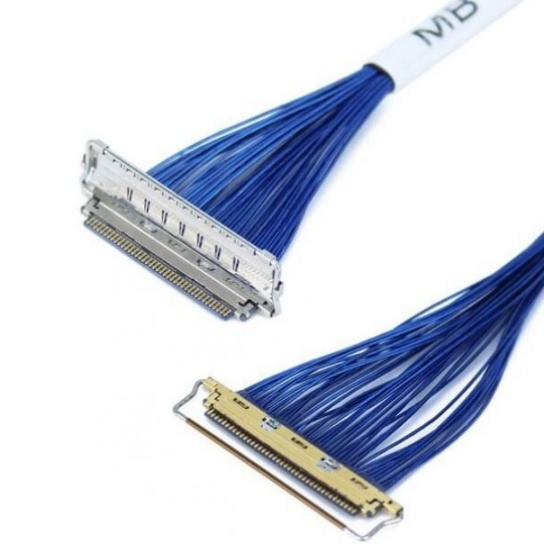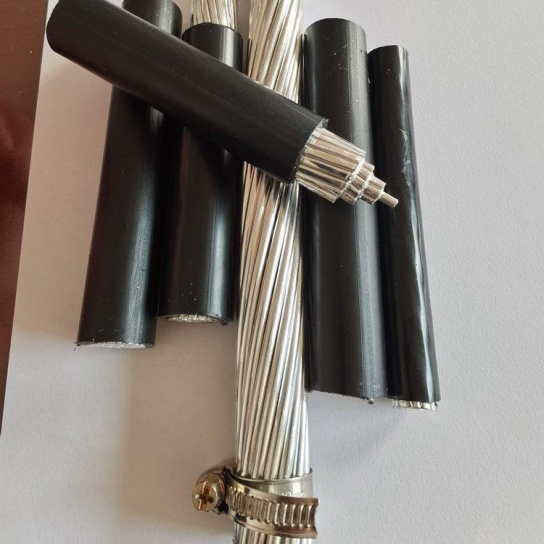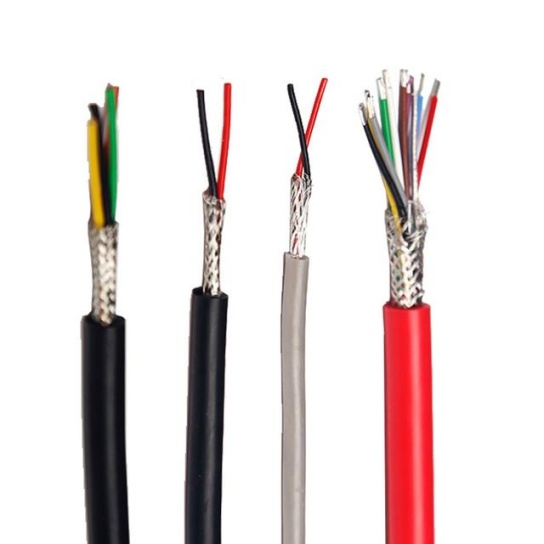IoT Integration with Aviation Cable Networks: Revolutionizing Aircraft Systems & Operations
The aviation industry, perpetually driven by demands for enhanced safety, efficiency, and passenger experience, stands on the brink of a transformative era powered by the Internet of Things (IoT). Integrating IoT solutions with existing aviation cable networks is no longer a futuristic concept but a critical pathway to unlocking unprecedented levels of operational intelligence, predictive maintenance, and cost savings. This deep integration leverages the physical backbone of the aircraft – its complex cabling infrastructure – to enable a new generation of smart aviation systems.
Why Integrate IoT with Aviation Cable Networks?
Modern aircraft are marvels of engineering, generating vast amounts of data from countless sensors monitoring everything from engine performance and fuel flow to cabin pressure and passenger Wi-Fi usage. Legacy systems often struggle to handle this data deluge efficiently. Integrating IoT directly with the aircraft’s structured cable networks offers compelling advantages:
- Maximizing Existing Infrastructure: Aviation-grade cables (like Ethernet, ARINC 664, MIL-STD-1553 buses, fiber optics) are already installed, certified, and designed for the harsh aircraft environment. IoT integration leverages this robust physical layer, reducing the need for extensive new wiring, minimizing weight, and accelerating deployment.
- Enhanced Data Acquisition & Bandwidth: IoT sensors and devices generate granular data. Integrating them directly into the high-bandwidth digital backbone allows for real-time or near-real-time transmission of this data to onboard computers and ground systems, far exceeding the capabilities of older analog or low-bandwidth systems.
- Centralized Monitoring & Control: Consolidating diverse sensor feeds over the integrated network enables centralized avionics systems or IoT platforms to process, analyze, and act upon the data holistically. This provides a unified operational view.
- Weight & Complexity Reduction: Using existing networks avoids adding significant new cable runs, which directly translates to weight savings – a critical factor in aviation fuel efficiency and operating costs. It also simplifies the physical architecture.
- Improved Scalability & Future-Proofing: A well-integrated IoT-cable architecture provides a scalable platform. Adding new sensors or systems becomes simpler, connecting them to the established network backbone without major retrofits.
Key Areas Transformed by IoT-Cable Network Integration
The convergence of IoT and aviation cables is revolutionizing several core domains:
- Predictive & Proactive Maintenance:
- Real-Time Component Monitoring: Vibration, temperature, and strain sensors embedded in engines, landing gear, actuators, and other critical components transmit data over the cable network.
- Health & Usage Monitoring Systems (HUMS): Enhanced by IoT data streams, HUMS can predict failures (e.g., bearing wear, hydraulic leaks, electrical anomalies) with greater accuracy, enabling maintenance before failure occurs (Condition-Based Maintenance – CBM).
- Reduced Downtime & Costs: Proactive interventions minimize unscheduled maintenance, reduce AOG (Aircraft on Ground) time, optimize spare part inventory, and extend component lifespans.
- Enhanced Flight Operations & Efficiency:
- Optimized Fuel Management: IoT sensors monitor fuel flow, tank levels, and engine performance with high precision. Integrated data allows for real-time optimization of flight paths, speeds, and engine settings, leading to significant fuel savings.
- Aerodynamic Performance Monitoring: Sensors on wings, control surfaces, and fuselage provide data on actual aerodynamic conditions, enabling performance analysis and optimization.
- Streamlined Crew Workload: Integrated cockpit displays fed by diverse IoT sensors provide pilots with a more comprehensive situational awareness, reducing workload and enhancing decision-making.
- Superior Passenger Experience & Cabin Management:
- Smart Environmental Control: Sensors for temperature, humidity, air quality, and occupancy feed into the network, enabling precise, zone-based climate control and improved comfort.
- Personalized Connectivity & Services: Integrated cabin networks leverage IoT for personalized IFE, lighting control, seat adjustments, and seamless passenger Wi-Fi/cellular connectivity.
- Enhanced Safety & Security: Sensors for lavatory occupancy, door monitoring, cabin air quality, and even passenger well-being (via discreet monitoring) enhance safety protocols and security.
- Streamlined Ground Operations & Logistics:
- Automated Turnaround Processes: IoT sensors on doors, cargo holds, catering trucks, and fuel trucks can automatically signal status over the network, speeding up turnarounds.
- Smart Inventory & Cargo Tracking: Sensors monitor cargo conditions (temperature, humidity, shock) and precise location within the hold. Ground crews can track assets and consumables in real-time.
- Predictive Ground Support Equipment (GSE) Maintenance: Sensors on GSE connected to the broader network enable predictive maintenance for critical ground infrastructure.
Overcoming Integration Challenges
Integrating IoT seamlessly with established aviation cable networks presents unique challenges that require careful consideration:
- Network Security & Cybersecurity: Avionics networks are safety-critical. Robust encryption (like MACsec for Ethernet), strict network segmentation, intrusion detection/prevention systems, and adherence to standards like DO-326A/ED-202A for airworthiness security are non-negotiable.
- Bandwidth Management & Data Prioritization: Not all IoT data is equal. Network architectures (like QoS – Quality of Service mechanisms) must prioritize critical flight data and safety-related sensor streams over less urgent cabin data to ensure essential functions are never compromised.
- Certification & Airworthiness: Integrating new IoT devices and modifying cable harnesses requires rigorous certification processes (FAA, EASA, etc.) to demonstrate compliance with stringent safety standards (DO-160, DO-254, DO-178C). The integration strategy must be designed with certification in mind.
- Retrofitting vs. New Builds: Integrating IoT into existing fleets (retrofitting) is often more complex and costly than designing it into new aircraft. Solutions need to be modular and adaptable.
- Interoperability & Standardization: A multitude of sensor types, protocols, and data formats exist. Industry standards (like Aviation Information Exchange Model – AIXM, FIXM, WXXM for data; IEEE standards for networks) and robust gateways are crucial for seamless integration.
The Future: Towards Truly Connected Aircraft
The integration of IoT with aviation cable networks is the foundation for the future of connected aviation:
- Digital Twins: Real-time IoT data feeds will enable highly accurate digital twin models of entire aircraft or specific systems, used for advanced simulation, optimization, and training.
- Enhanced AI & Machine Learning: Vast datasets flowing over the integrated networks will fuel powerful AI algorithms for deeper insights, autonomous decision support, and unprecedented operational optimization.
- Network Convergence: The trend is towards integrating diverse data flows (flight control, passenger information, maintenance, cabin systems) onto a unified, high-bandwidth network backbone (e.g., based on IP networking), simplifying the architecture.
- Ground-to-Air Connectivity: Seamless integration with satellite and terrestrial networks will enable continuous, real-time data exchange between the aircraft and ground-based operations centers and maintenance facilities.






